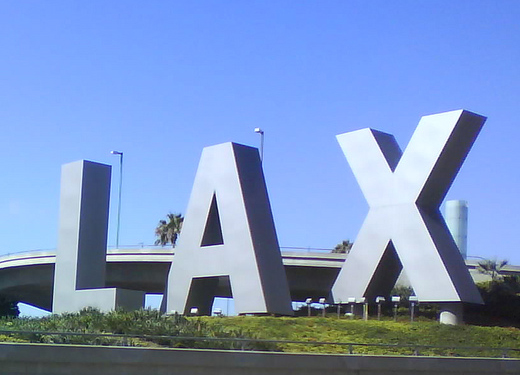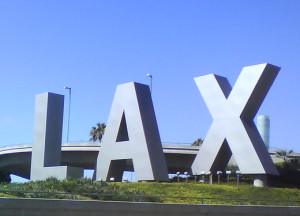Game Changers: Future Technologies for First Responders

Consider these three scenarios:
- You’re on patrol and receive a call that there’s a shooter armed with an AK-47 at a military facility. He’s taken out the gate guards and is opening fire on anyone he approaches.
- A terrorist enters LAX Terminal 4 with a bomb-like device strapped to his body. He approaches the ticket counter, is identified by the desk personnel and LAPD is notified. He’s got a gun and everyone’s on the floor.
- According to intelligence reports, a suspect with a deadly gas device is expected to enter a local state building in 30 minutes.
In each of these cases, there’s a gap between the technologies that first responders have access to in the field now – and those that are already on the market or will be available in the future. For public safety leaders at the University of California, Los Angeles (UCLA) Public Safety Network Systems Laboratory’s first counterterrorism workshop in December, that future became reality during mock crisis response exercises. Among the attendees were representatives from the FBI, LAPD, Los Angeles World Airports, City of Los Angeles Emergency Management, San Bernardino County Sheriff’s Department and the University of Southern California’s (USC) CREATE Homeland Security Center.
These participants were asked to create a wish list of technologies they would find helpful during emergencies and routine operations. Among those listed were the following:
- Next Generation 9-1-1 that can receive incident-related pictures from mobile phones with geo-location data attached. Also, social media posts and tweets sent from the public that contain longitude and latitude coordinates.
- Communications systems that are interoperable, resilient, redundant and secure. By implication this means first responders should be able to communicate with each other through an open architecture system that integrates any communications device.
- Facial recognition technologies and Future Attribute Screening Technology (FAST) that can help identify people who may be dangerous.
- Automated license plate readers at key facilities or a city’s entry and exit points for alerting and investigative purposes.
- Blue Force Tracking that shows where members are in three dimensions. This could be used within buildings and include building schematics.
We’re well aware of the privacy concerns that have been raised over marketing, government and law enforcement’s ease of accessibility to the reams of personal information available online and through social media. As the group stressed, the key would be to identify and address any such concerns when these technologies are being designed for public safety use, not after the fact.
While this wish list looks great on paper, the real question is who will take the time to lift these technologies off the page and make them a cost-efficient resource for first responders. One avenue that’s available is Raytheon’s new Public Safety Regional Technology Center in Downey, Calif., near Los Angeles. This 27,000-square-foot center opened in February with a focus on developing, testing and certifying current and future public safety technologies.
Several cutting-edge Raytheon technologies that are battlefield-tested and have been adapted for the public safety market are on display and can be tried out at the facility. There’s the Boomerang shooter detection system that helps immediately locate the source of firearms being discharged; the Controlled Impact Rescue Tool, which is capable of cutting through a reinforced concrete wall up to four times faster than traditional methods of drilling or sawing; and TransTalk, a mobile phone app that directly translates languages, including a soon-to-be-released English-to-Spanish version.
The Public Safety Regional Technology Center has been built for all first responders, regardless of your badge or uniform color. Everyone, from police and fire to other emergency personnel, is welcome to use the facility for testing purposes or to propose an idea that can be collaboratively worked on by academic researchers, industry and the public safety community. This place is bringing forth tomorrow’s technologies today to reduce public safety costs and most importantly, save lives.
To learn more about the Public Safety Regional Technology Center and view photos, visit this link. For information on the UCLA Public Safety Network Systems Laboratory, email UCLAWorkshop@finnpartners.com or contact me on Twitter @mikebostic.
Photo: Flickr/ruoshin
Related: UCLA Lab Focuses on New Technology for First Responders




